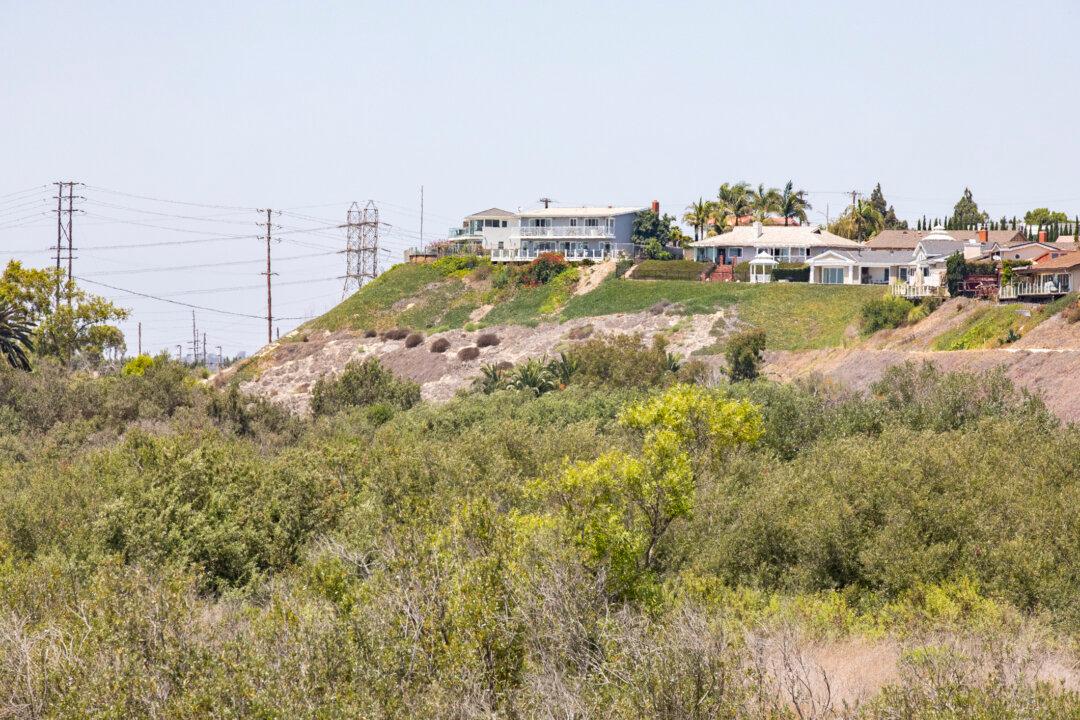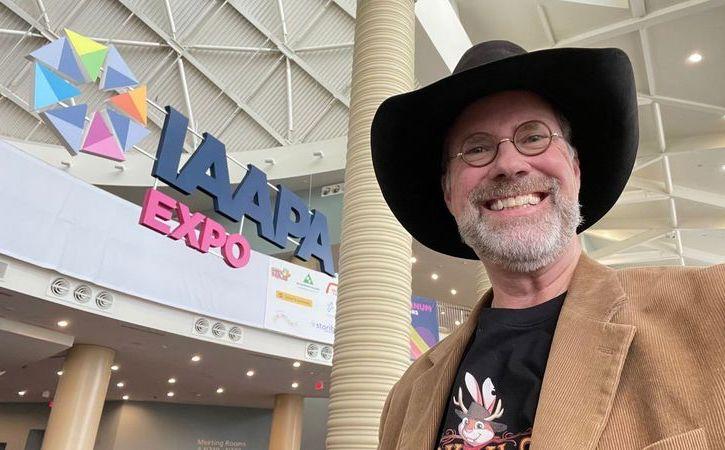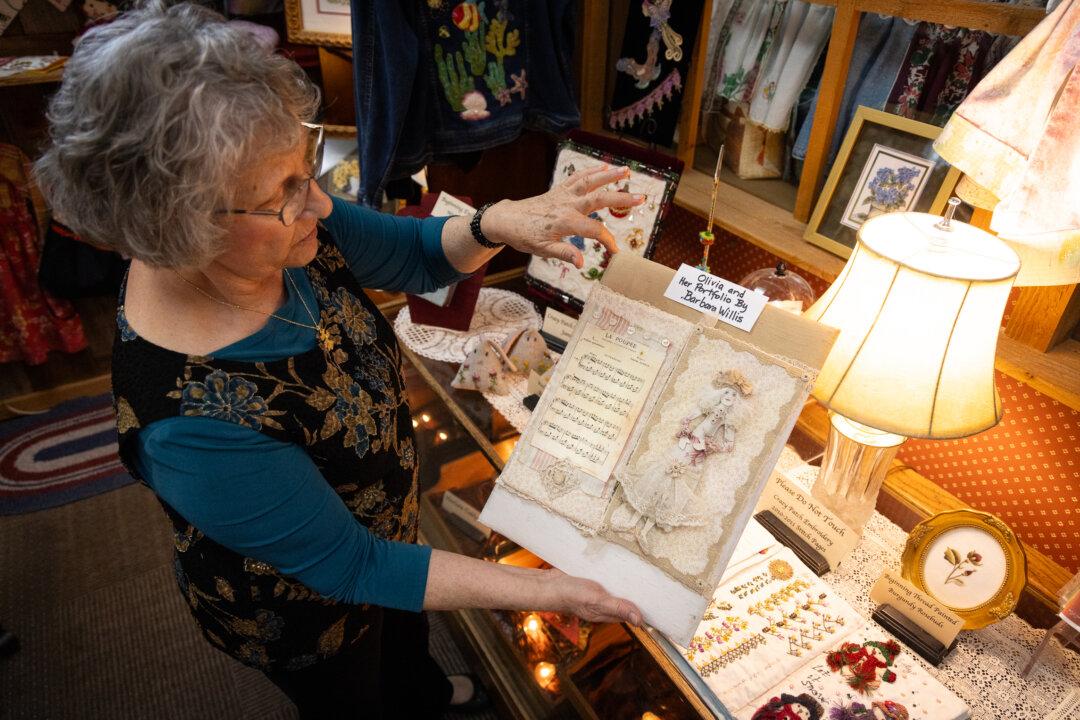NEWPORT BEACH, Calif.—After decades of work by environmental organizations, community members, and private donors, the 401-acre Banning Ranch, a stretch of land that parallels the Pacific Coast Highway from the mouth of the Santa Ana River and back into the city of Newport Beach, could soon become a permanent public open space.
However, $39 million in funds is needed by April 2022 in order to purchase and remediate the land, create a public park, and establish a nature preserve.





